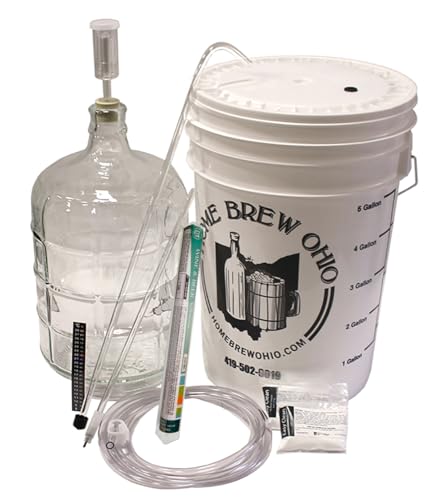Any spray we can do to help reducing early spring cold damage? I think there should be some, but I do just do not know....
You mean, like water? You do need to be careful, however, as spraying can make things worse if done incorrectly:
Use of sprinklers can protect vines when temperatures fall to -3.9°C (25°F), if conditions are ideal. Water from the sprinklers supplies heat to the vine-water- atmosphere system. The heat is released as water cools to 0°C (32°F) and then freezes to ice. The most important factor in this situation is the heat of fusion (released as water freezes to ice). A gallon of water releases 300kcal (1200 BTU) of heat as it freezes. Water is also evaporating in the vine-water-atmosphere system. The evaporation of water causes a loss of 2300kcal (9000 BTU) per gallon. Therefore, to maintain a positive heat balance, more water must freeze than evaporates. This amount has been determined to be factor of 7.5 units of water or more for every unit of water that evaporates. This, along with a buffer for the humidity of the air and wind speed (factors which can increase the evaporation rate) is the basis for the sprinkler application rate used in the design of systems. The recommended application rate is 6.9 to 8.2 hectare-millimeters (0.11 to 0.13 acre-inches) per hour or a pumping capacity of 470 liters per minute per hectare (50 gallons per minute per acre).
See also: http://biomet.ucdavis.edu/frostprotection/Principles%20of%20Frost%20Protection/FP005.html


























































